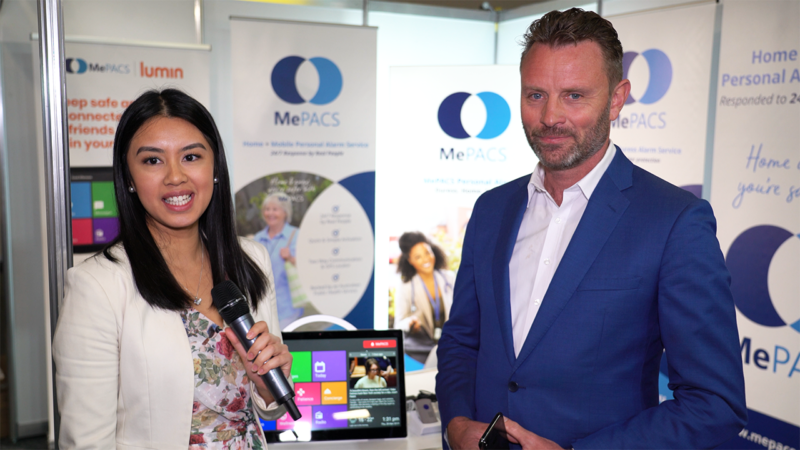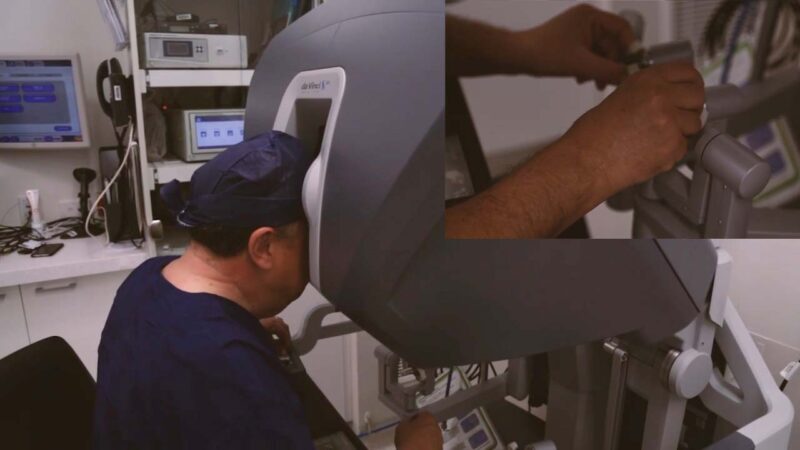With an urgent need to manage increasing rates of chronic disease, an ageing population, and a rapidly-ageing primary health care nurse workforce, Australia desperately needs more primary health care nurses to enter the workforce before the current generation retires and cannot pass on its skills.
Most nurses start their career in a hospital. Historically, it was difficult for universities and tertiary education providers to arrange placements for student nurses in primary health care. However, the APNA Student Nurse Placement Program provides student nurses with a foot in the door to a career in vibrant primary health care settings such as general practice or community health to perform supervised activities.
The placements allow students to experience the role of a primary health care nurse, in a small ratio environment, usually 1:1.
Advantages of joining the APNA Student Nurse Placement Program include:
– Workplaces are paid for being involved in the project
– Nurse supervisors are supported throughout the placement
– Workplaces can build a pipeline of prospective employees
– Two- to three-week placement windows available throughout the year
– Education and professional development for nurse supervisors
APNA’s SNPP is allowing nursing students play a vital role in primary health care settings while simultaneously accruing their essential clinical placement time under the supervision of experienced primary health care nurses.
There are more than 108 Victorian and 32 interstate organisations registered with APNA’s SNPP. The program is set to place 1000 students in high quality placements with multiple primary health care providers in 2022. The SNPP program includes clinics in Ballarat, Bairnsdale, Swan Hill, Portland, and Mildura, and also facilitated student nurse placements in NSW, the ACT, South Australia, Queensland and Tasmania.
Australian Health Journal spoke to Samantha Moses, Founder and Nurse Ambassador at APNA and the APNA CEO Ken Griffin about the program. Also in conversation are a student nurse who has completed placement and Veronica van Galen a Practice Nurse based in Winchelsea Medical Clinic in Victoria on the benefit of student placements through the program.
Scaling up this program so that it can be coordinated nationally would provide a workforce pipeline of motivated and skilled nurses who could help alleviate the staffing crisis in aged care homes, general practice, and other primary health care settings across the country.
Placing more student nurses in primary health care settings to carry out supervised learning and skills training would also support higher rates of screening for chronic disease which is forecast to increase due to COVID-19.
You Might also like
-
Australian Healthcare Week 2019: Pitch Fest Finalist Lumin
Startup company Lumin was a Pitch Fest Finalist at last week’s Australian Healthcare Week Expo in Sydney. The Lumin platform is used in aged care where loneliness and isolation can be a trigger for stroke and dementia. Lumin helps the connection to care providers, family members and duress monitoring services in a device that has been designed for those with dementia, vision impairment or find complex devices difficult to use.
Managing Director and Co-Founder Paul Wilson spoke at the Mepacs booth with Anne Dao from Australian Health Journal about the market they target and the design of the user experience, including the remote servicing and monitoring. The integration allows the monitoring team in the call centre see and hear the personal raising the alarm. Mepacs is a provider of personal duress alarms and have teamed up with Lumin.
Post Views:
712 -
Australian Healthcare and Hospitals Association Hospitals and Clinics Innovation New Content Robotics Technology
Future of minimally invasive surgery
Macquarie University Hospital is the first hospital in Australia to have three robotic surgical systems. It remains the busiest centre for robotic urology in New South Wales and has rapidly growing programs in other areas. What is behind the Hospital’s success?
Conjoint Associate Professor Walter Kmet, CEO of Macquarie University Hospital, says that the story of robotics at the Hospital is driven by its academic health sciences identity.
-
Continuity of Care under COVID-19
Series 3, Episode 1
Under the COVID-19 pandemic, the Australian Healthcare system has handled the public health crisis by monitoring and responding to challenges in supply chains, testing & tracing of new infections and stock piling of essential equipment.
The public has largely responded by practising social distancing, understanding how hand hygiene can spread contagion and recently installing the COVIDSafe mobile application. Public health messaging has been largely effective and literacy improve, to combat the dangers of misinformation.
To open up access to medical advice during the pandemic, in March the Australian government issued MBS item codes for telehealth consultations, for advanced practice nurses as well as GPs and other specialists.
According to AMA President Dr Tony Bartone, as of mid-May 2020, around 10 million Medicare-funded telehealth services have been provided, either over the phone or via video, a significant majority of which have been provided by GPs and other specialists since the Medicare telehealth items were introduced in March.
However in recent months, the health system has mounting concerns on:
- a reduction in general practice visits for testing, investigation or immunisation
- lower rates of elective procedures resuming since being halted
- reduction in laboratory testing
- reduction in treatments and diagnosis of chronic and acute conditions
- access to, and continuing to take medications
Those with pre-existing conditions have been urged to keep appointments and routine treatments to maintain their health.
Industry has taken action such as the newly formed Continuity of Care Collaboration (CCC). The 15 health organisations forming CCC are an Australian first national communication collaboration of Peak Bodies, Industry and Healthcare Organisations coming together to stress the importance for people to continue monitoring their health and maintaining their regular care.
This Australian Health Journal episode on the continuity of care was produced with commentary from the following health industry associations and organisations: APNA – Australian Primary Health Care Nurses Association, RACGP, Medical Technology Association of Australia (MTAA), West Cessnock Medical Practice, Consumers Health Forum of Australia, Medicines Australia
Post Views: 671



